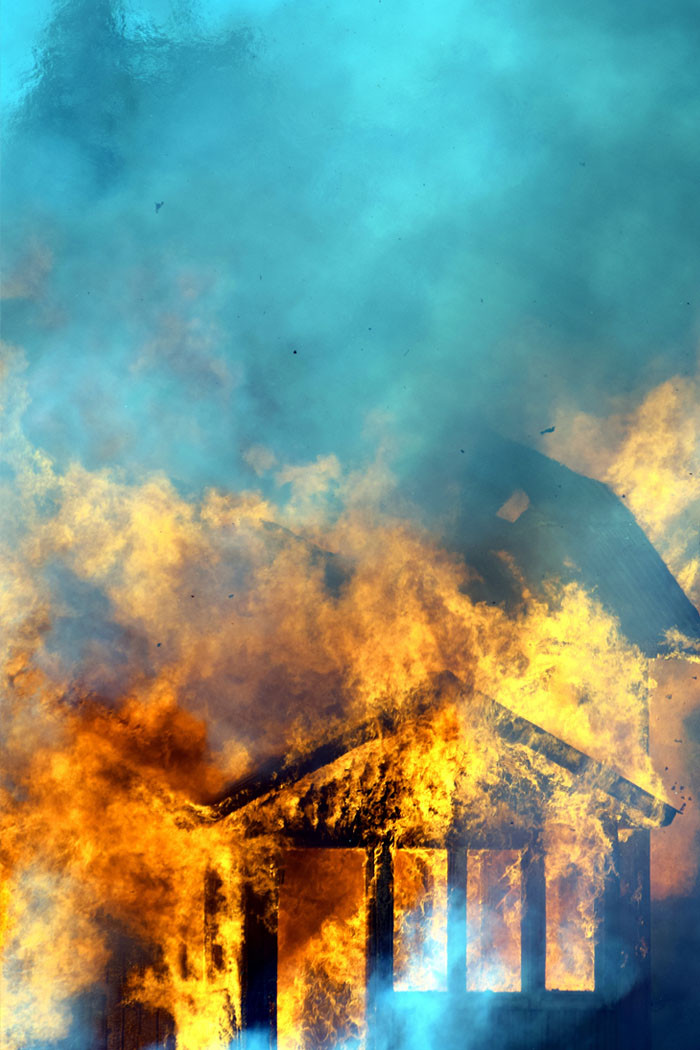After the Fire: A Recovery Guide – Property Damage: Depreciation

After a wildland fire disaster, some insurance companies will not focus on depreciation in settling claims.
This is good news. Depreciation is something most people don’t understand when they are buying insurance and it can make settling a claim, well, unsettling.
Simply put, your home or commercial building and your personal property – furniture, clothing, tools, etc. – may lose value over time because they age, show wear and tear from use or even become obsolete. This loss in value is what the insurance industry calls “depreciation.”
The concept becomes important when you make a claim because of the way in which most policies are written.
Generally, claim reimbursement begins with an initial payment for the Actual Cash Value (ACV) of your loss. ACV is the fair market value of lost or damaged property: think about the price a willing buyer will pay to purchase from a willing seller.
To make up for depreciation, most insurance companies sell replacement cost coverage, which can provide extra money up to the full cost to replace any given item.
The hitch is, in general practice, you won’t get a full replacement cost benefit until you actually replace the lost or damaged item.
Calculating depreciation is usually a straightforward exercise in arithmetic.
Say you lost a two-year-old flat screen television and it was in good condition before the fire.
A new, similar unit costs $1,000 at the store. This is the Replacement Cost Value (RCV).
A television has a life expectancy of five years, so it loses 20% of its value each year.
The depreciation calculation here is RCV minus 40% equals ACV ($1000 - $400 = $600).
Which means, under a fire policy, the insurance company will pay a $600 benefit for the destroyed television. If there is replacement coverage then, upon proof of purchase, the carrier will send a check for the remaining $400, or $1000 total.
The same basic calculus applies to most of the parts of your home or commercial building that wear out over time. Think carpets, drapes or roofs.
Each will have its own depreciation schedule. Some items will depreciate over long periods (25 years for a roof in most cases), while others lose value relatively quickly. Also, condition at the time of loss can count. This mostly pops up when the damaged item isn’t completely destroyed. A thread-bare carpet that is smoke damaged is a good example.
Now, the thing about catastrophic events like the Erskine fire is, some carriers will cut through the regular claims process because so many people are affected by the same calamity. That means, particularly where there is a total loss, your claims adjuster may not make you jump through the depreciation hoop.
The point of all this is, don’t be afraid to ask your adjuster to waive the depreciation step in your claim and go right to either replacement cost or paying the policy limits outright.
You may be pleasantly surprised with the response and relieve some of your stress in recovering from the fire.
Share this resource
Schedule a free consultation
Find the answers and financial compensation you need to recover.